7 Key Details To Watch Out For When Working With Your Interior Designer
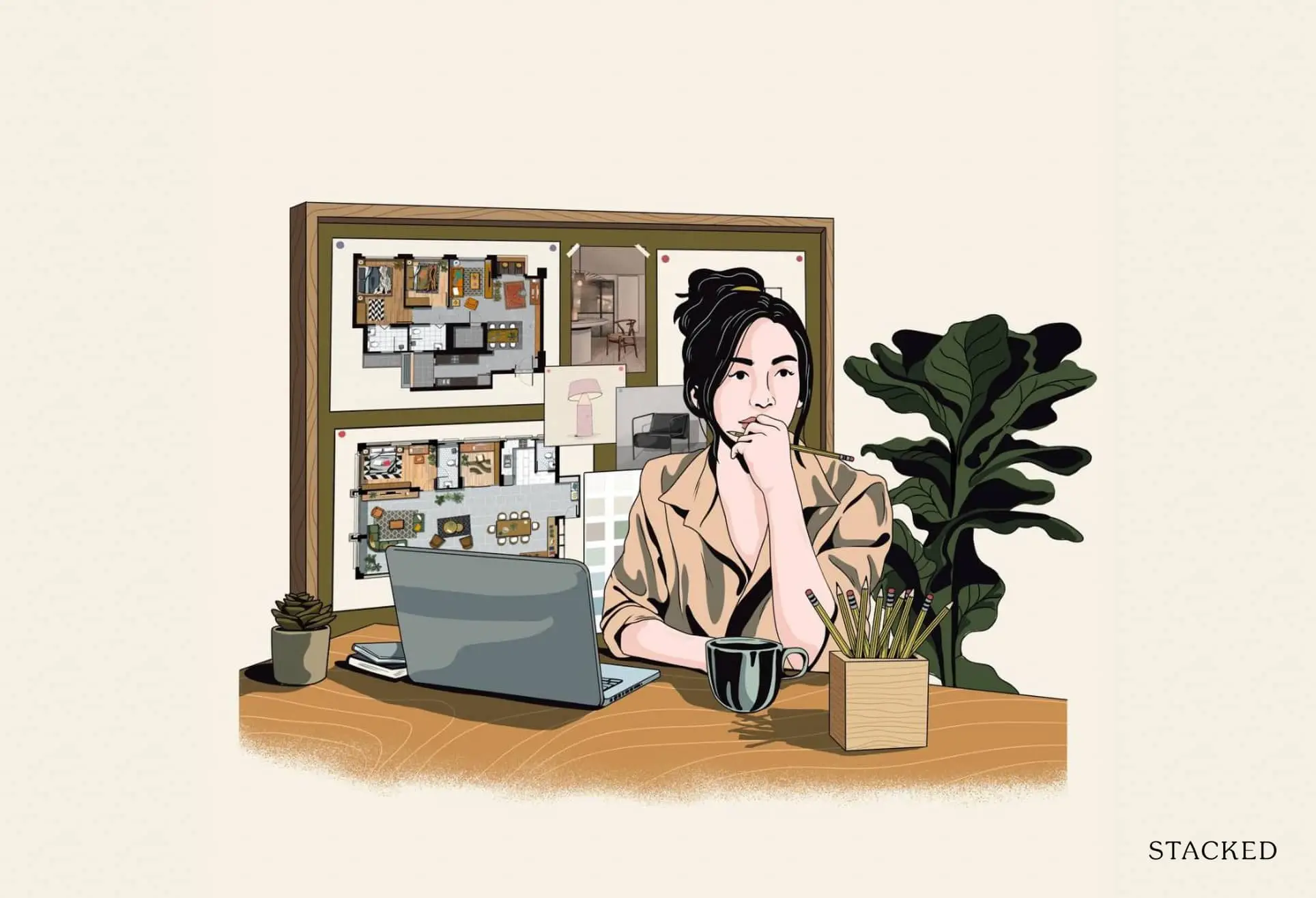
Get The Property Insights Serious Buyers Read First: Join 50,000+ readers who rely on our weekly breakdowns of Singapore’s property market.
A seasoned content strategist with over 17 years in the real estate and financial journalism sectors, Ryan has built a reputation for transforming complex industry jargon into accessible knowledge. With a track record of writing and editing for leading financial platforms and publications, Ryan's expertise has been recognised across various media outlets. His role as a former content editor for 99.co and a co-host for CNA 938's Open House programme underscores his commitment to providing valuable insights into the property market.
When it comes to new homes, the design and construction of the home is one of the main areas where people lose their cool, or get disappointed. There’s a real “asymmetry of information” issue here, as the world of contractors, electrical wiring, custom fittings, etc. is rather obscure to outsiders; and it’s quite a struggle to communicate certain concepts in words. Then there’s the ever-sticky issues of payments, budgets, and timelines. Here are some of the seemingly small, but important, details that you absolutely have to take note of:
1. Don’t assume the ID firm knows about your defects-free period
There have been cases of designers being asked to start work before the owner has checked for defects. In some of these cases, the designer may simply assume the owner has already gone through the checks.
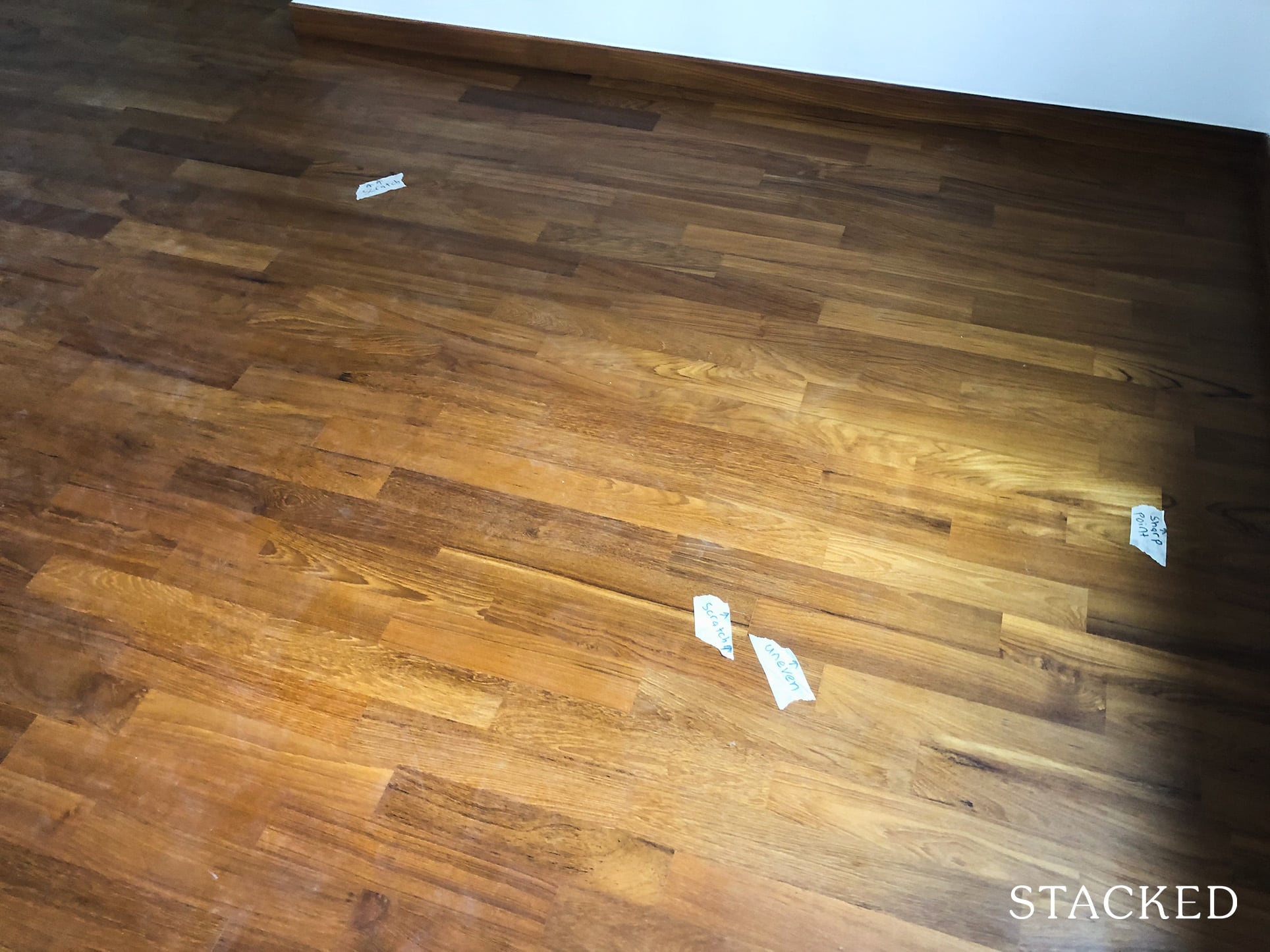
This is a problem because, once you’ve started renovations, the developer (including HDB) may no longer accept your claims of defects. There may be no way to tell if the defect was caused by the developer’s contractors, or the contractors hired by your designer.
When this happens, the end result is usually having to pay out-of-pocket to rectify the defects. It can also sour relationships with the designer: this happens when owners accuse the design firm of causing the defect, and the designer in turn denies it.
These days, more Interior Designers and contractors will ask if you’ve checked for defects before they start work. But just in case they didn’t, take the initiative and check first.
2. Repeatedly asking for renderings/drawings can cause the designer to fire you as their client
This is a pet peeve of many designers. Contrary to what some owners imagine, the 3D renderings and drawings are not something that can be done with a click of the mouse. That technology is in the works (have you seen just what AI can do), but for now, detailed drawings/renderings can mean several hours of work.
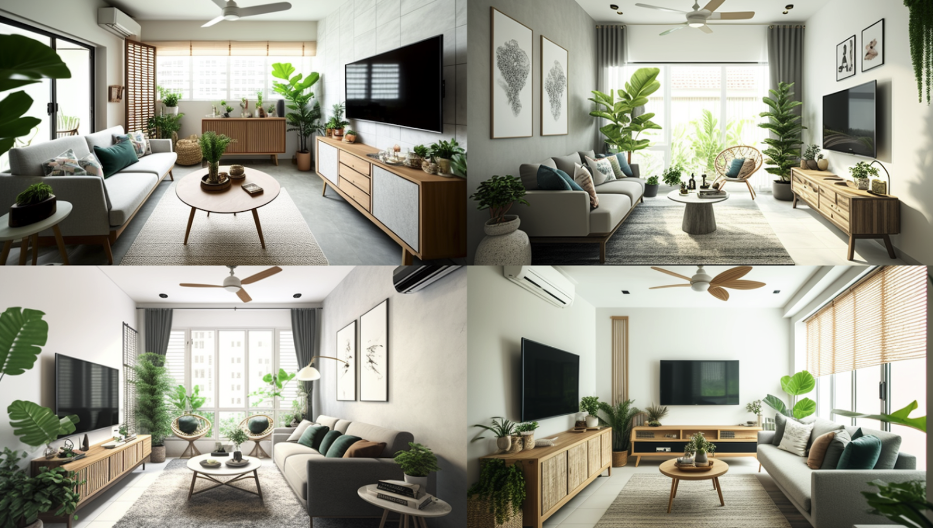
Property TrendsI “Designed” A Home Using AI: Here’s How To Use Midjourney To Create Incredibly Realistic Renders For Your Home
by Adriano Tawin
If you’re undecided, but keep insisting on renderings (some people request these to the tune of dozens), don’t be surprised if a designer decides to walk off. Not only is there a huge imposition of time, but it does create the worry that you’re too indecisive to please. Note, that this doesn’t apply to all designers, but generally, you can expect those who are more in demand to be more stringent about these things.
On a tangential note, don’t be surprised if the person providing the renderings isn’t the one handling the project. Some firms have a sales designer, whose job is to provide these images and close deals with clients; it may be other professionals who handle most of the actual execution.
3. Check if the designer you’re working with will stay with you
A common complaint is when firms switch the designer working with you. For example, you may be told after the first week that your designer is leaving, and someone else will be taking over. In extreme cases, we’ve heard complaints of clients being handed over to three or even four different designers.
This is undesirable as each time a switch is made, you need to communicate your intentions again. Or you may have only chosen this firm, specifically because of that particular designer. There may also be delays, as the previous designer may not have done a proper handover. You may also be saddled with a less experienced or capable designer, who can’t execute the project to the same standard.
We would discuss this early on, even before agreeing to take on a particular firm. You might want to reserve the right to drop the design firm without penalty if they keep switching your designer (get it in writing.)
4. Look out for high forfeiture fees that lock you in
Forfeiture fees refer to non-refundable sums, which become relevant if you cancel the renovation project partway through. This compensates the designers for materials already ordered, or contractors already paid.

Some design firms may have lower overall costs, but high forfeiture fees. This isn’t always a bad deal (if all goes as planned, you’d be paying less after all.) But it does mean you’ll face steep costs if you try to switch designers later. Also, some unethical firms may raise costs far beyond the budget later, if they know you’re stuck due to high forfeiture fees.
On the flip side, we’d also be wary of designers who boast of having no forfeiture fees. This could be a sign that you’re dealing with a fly-by-night situation, as few normal businesses are willing to start buying materials, hiring workers, etc. with zero guarantees for themselves.
5. Do talk to the subcontractors from time to time
The subcontractors can include electricians, carpenters, plumbers, etc., and anyone else under the control of the designer or general contractor. It pays not to ignore these workers, as they may have better insight into the project than you. Sometimes, you might get a more honest time or cost estimate from the subcontractors (the designer may be more interested in appeasing you than giving you blunt facts.)
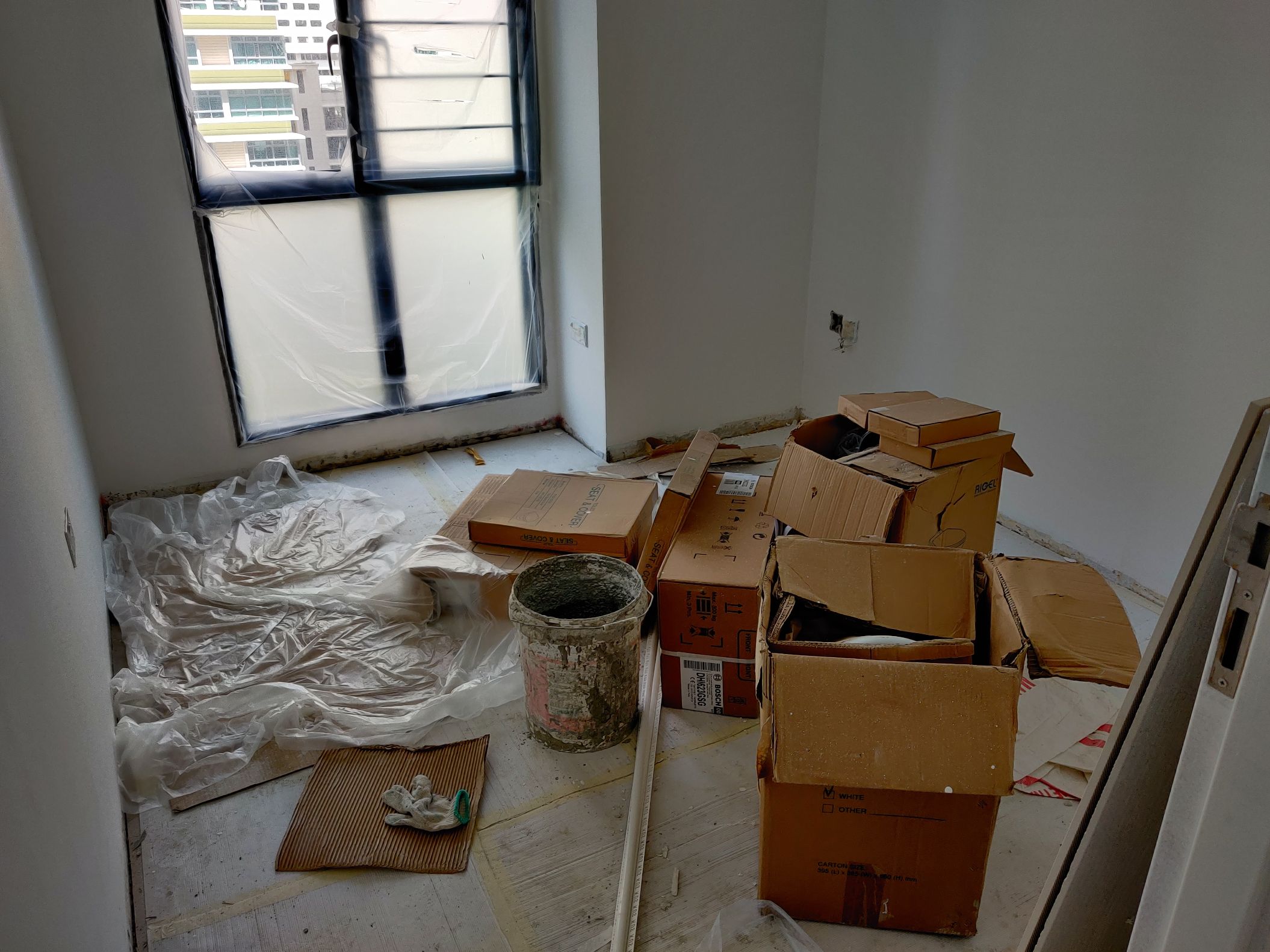
Subcontractors who complain about not being paid are a red flag, as is a high churn rate (.e., every time you visit the unit, it seems like a new replacement is working there.) This may be circumstantial, but it may also be a sign of a cash-strapped designer who can’t keep everyone paid.
Some design firms may also have poor communication with subcontractors. This can result in expensive mistakes, such as usable items being thrown out (we’ve heard of entire functioning stoves being thrown away by accident), or getting the room colours wrong. Remember that, even if you don’t pay for the mistake, it can still delay your renovations.
6. Go to the registered address, at least once
If you visit the registered address and find it’s another company there, that’s an early warning sign. This sometimes happens when the address is being used to receive mail only, but the actual business is located elsewhere (or maybe doesn’t even have an actual office.)
To be fair, this may just be that a business is very new, and in its infancy; they may be good designers, all that aside. In some cases, it may just be a firm trying to use a more prestigious address (e.g., using an Orchard or CBD area address while actually being somewhere in Ubi.)
It may be worth giving them a chance anyway, but you do have a right to know how established the design firm actually is before you engage them.
(The main worry is always a designer closing shop partway through your project, which costs you a lot of time and money.)
7. Talk to a finance expert before taking the designers’ in-house loan instead of a bank reno loan
Some Interior Designers have what they might call “in-house” credit services. These reno loans are usually not from the design company, but from a licensed moneylender that they’re working with. In some cases, interest rates from these loans may be much higher than the banks, and may come with unusual terms and conditions (e.g., hidden rollover fees, on top of the interest rate.)
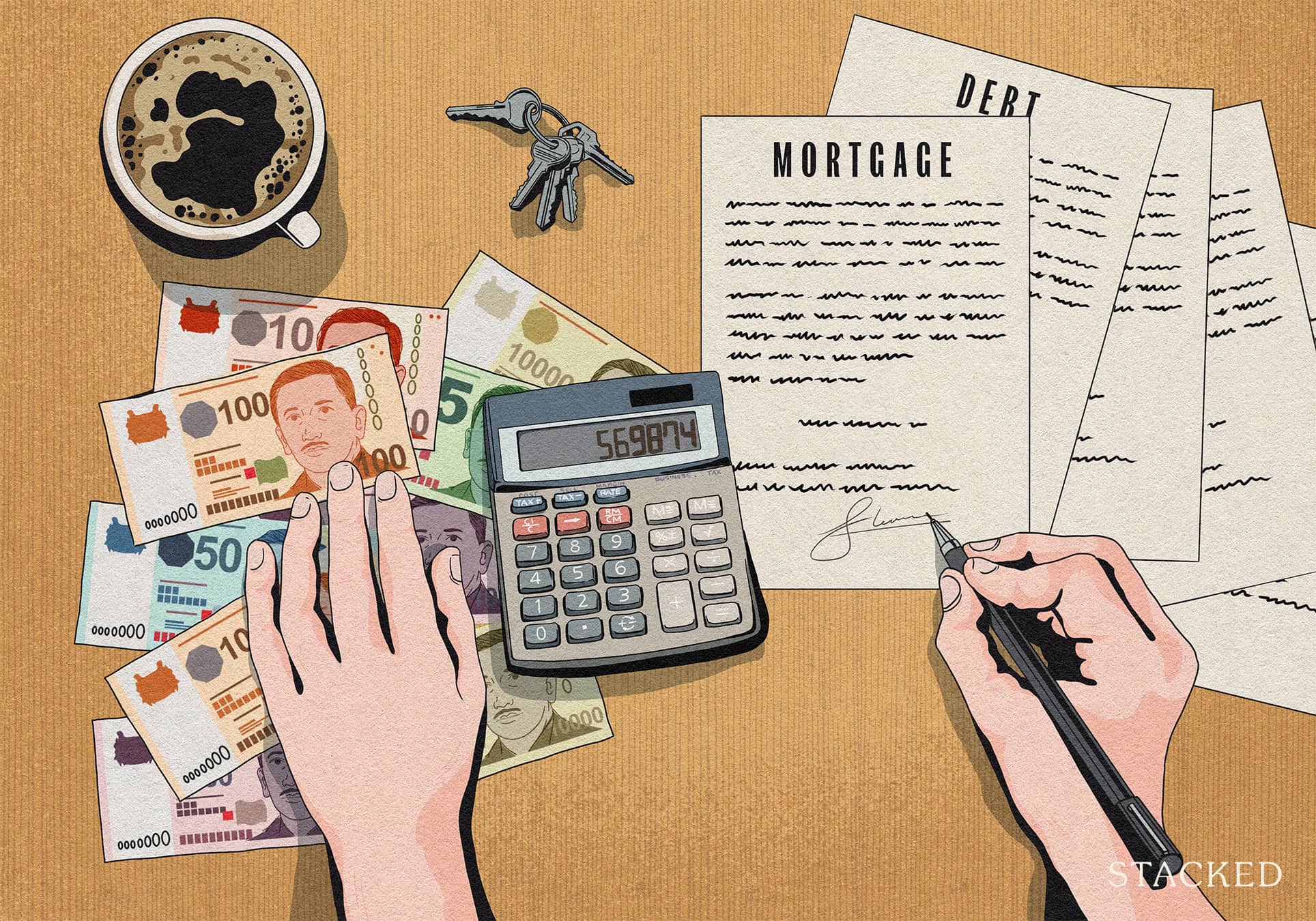
We’re not going to make loan recommendations as it’s not our forte; but we suggest you talk to a financial professional you trust, before deciding to take up such loans. Most major banks in Singapore provide reno loans of up to $30,000 or six times your monthly income (whichever is higher), at rates of around 5.5 per cent per annum.
For direct consultation and help, you can also reach out to us on Stacked. You can also follow us for detailed reviews of new and resale projects, which will give you an idea of unit layouts and features.
If you’d like to get in touch for a more in-depth consultation, you can do so here.
Have a real estate question, or not sure what your options are? Email us at stories@stackedhomes.com.
Ryan J. Ong
A seasoned content strategist with over 17 years in the real estate and financial journalism sectors, Ryan has built a reputation for transforming complex industry jargon into accessible knowledge. With a track record of writing and editing for leading financial platforms and publications, Ryan's expertise has been recognised across various media outlets. His role as a former content editor for 99.co and a co-host for CNA 938's Open House programme underscores his commitment to providing valuable insights into the property market.Read next from Editor's Pick

Property Advice Should We Buy An Old 99-Year Leasehold Condo To Live In: Will It’s Value Fall When The Lease Runs Out?

New Launch Condo Analysis I Reviewed A New Launch 4-Bedroom Penthouse At Beauty World

Landed Home Tours Why Singaporean Families Are Looking At This Landed Enclave From Around $4M

Property Market Commentary A Wave Of New HDB Resale Supply Is Coming In 2026: Here’s Where To Find Them
Latest Posts

Homeowner Stories What I Only Learned After My First Year Of Homeownership In Singapore

Singapore Property News Why More Land Doesn’t Automatically Fix Housing In Singapore

On The Market Here Are The Cheapest 4-Room HDB Flats in Central Singapore You Can Still Buy From $490K

Pro How A Once “Ulu” Condo Launched In 1997 Became A Top Performer

Property Market Commentary When Renting In Singapore Is The Smarter Move — And Buying Can Wait

Singapore Property News Lentor’s First Condo Is Complete — The Early Profits May Surprise You

On The Market These Are Some Of The Cheapest 5-Room HDB Flats Left In Central Singapore

Pro This 698-Unit Ang Mo Kio Condo Launched At The Wrong Time — And Still Outperformed Peers

Singapore Property News $281.2M in Singapore Shophouse Deals in 2H2025 — But That Number Doesn’t Tell the Full Story
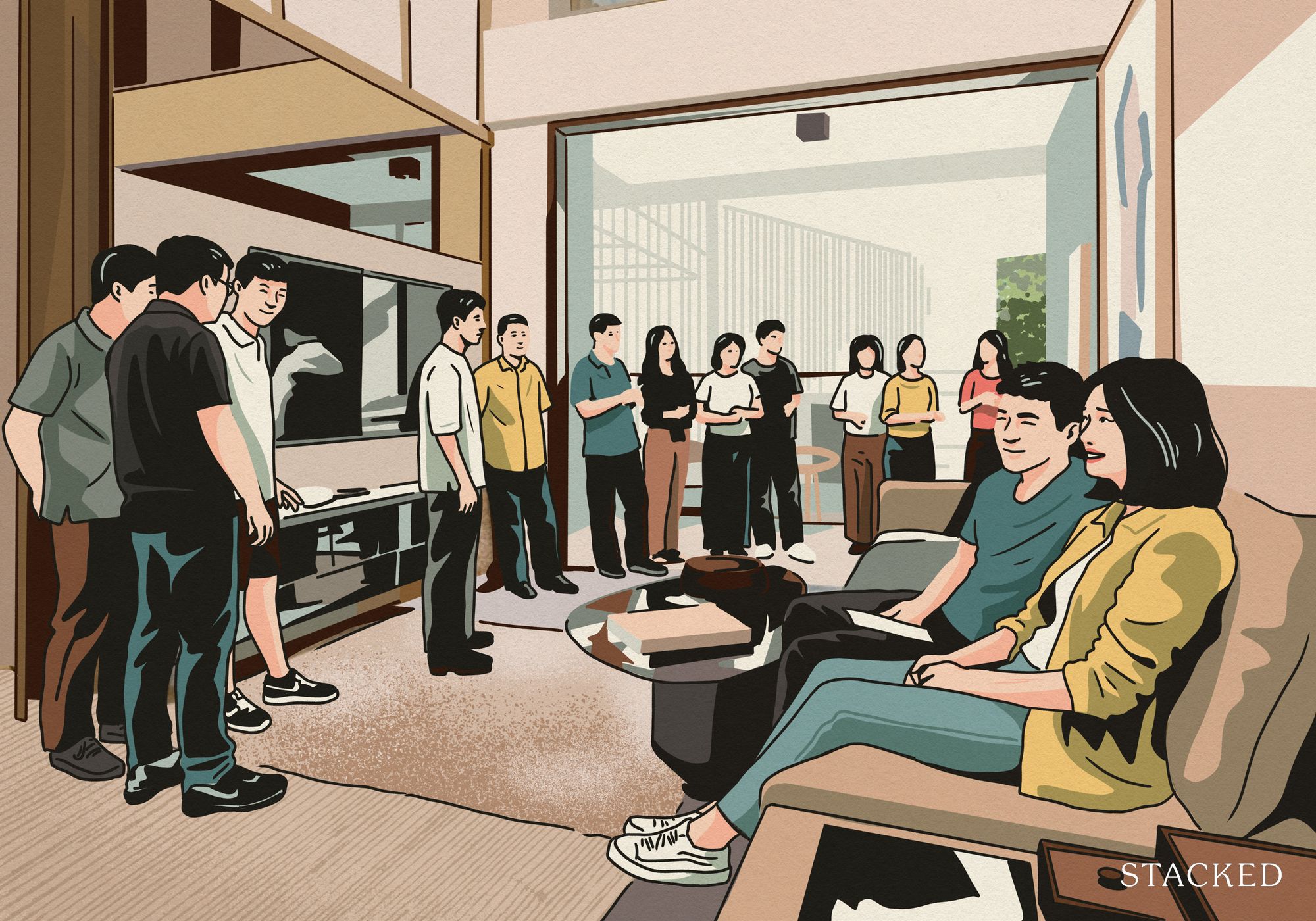
Property Market Commentary 5 Key Features Buyers Should Expect in 2026 New Launch Condos

Property Investment Insights These Resale Condos In Singapore Were The Top Performers In 2025 — And Not All Were Obvious Winners

Singapore Property News CapitaLand–UOL’s $1.5 Billion Hougang Central Bid May Put Future Prices Above $2,500 PSF
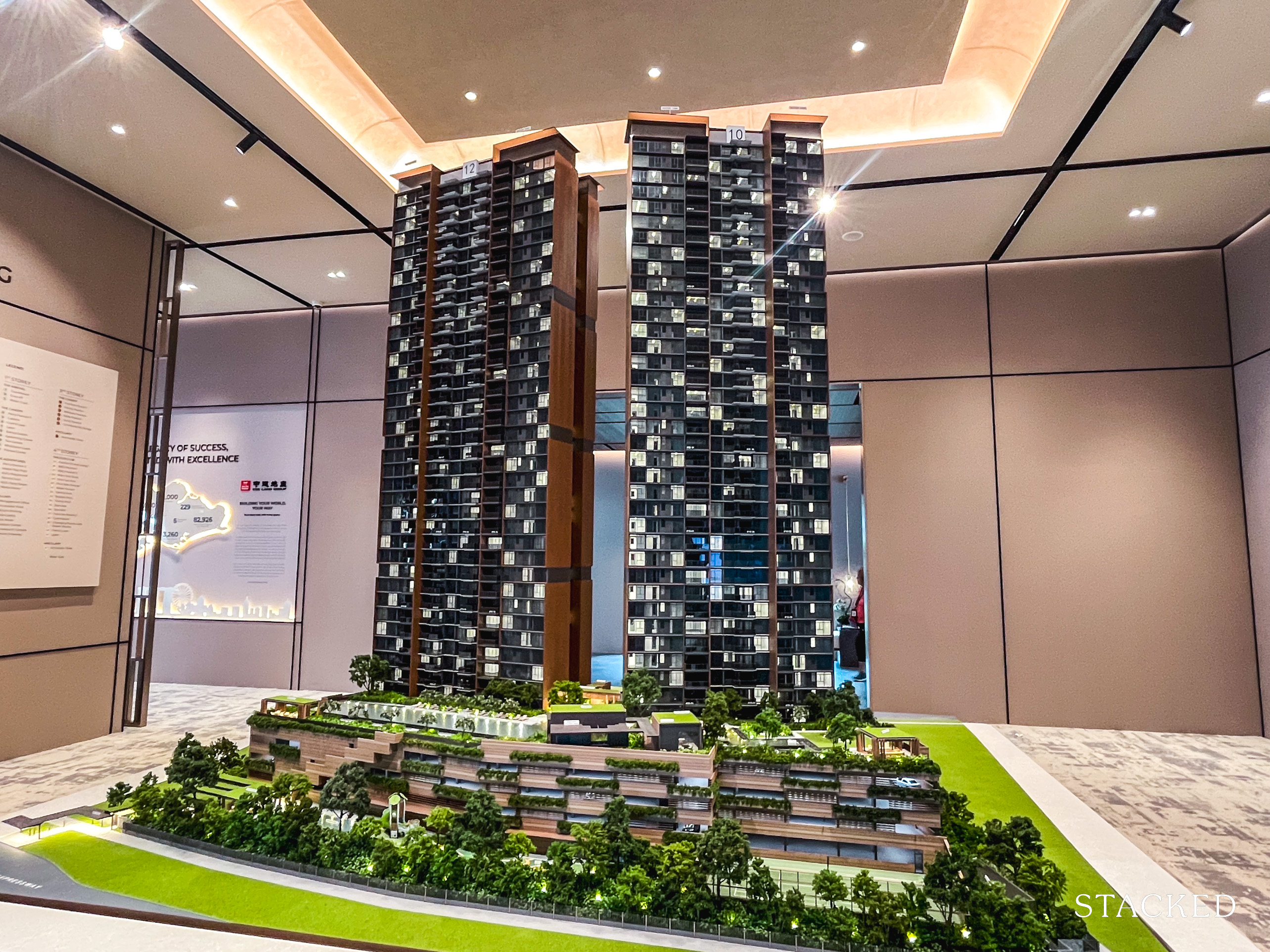
Singapore Property News Why New Condo Sales Fell 87% In November (And Why It’s Not a Red Flag)

Pro How A 944-Unit Mega-Condo In Pasir Ris Ended Up Beating The Market
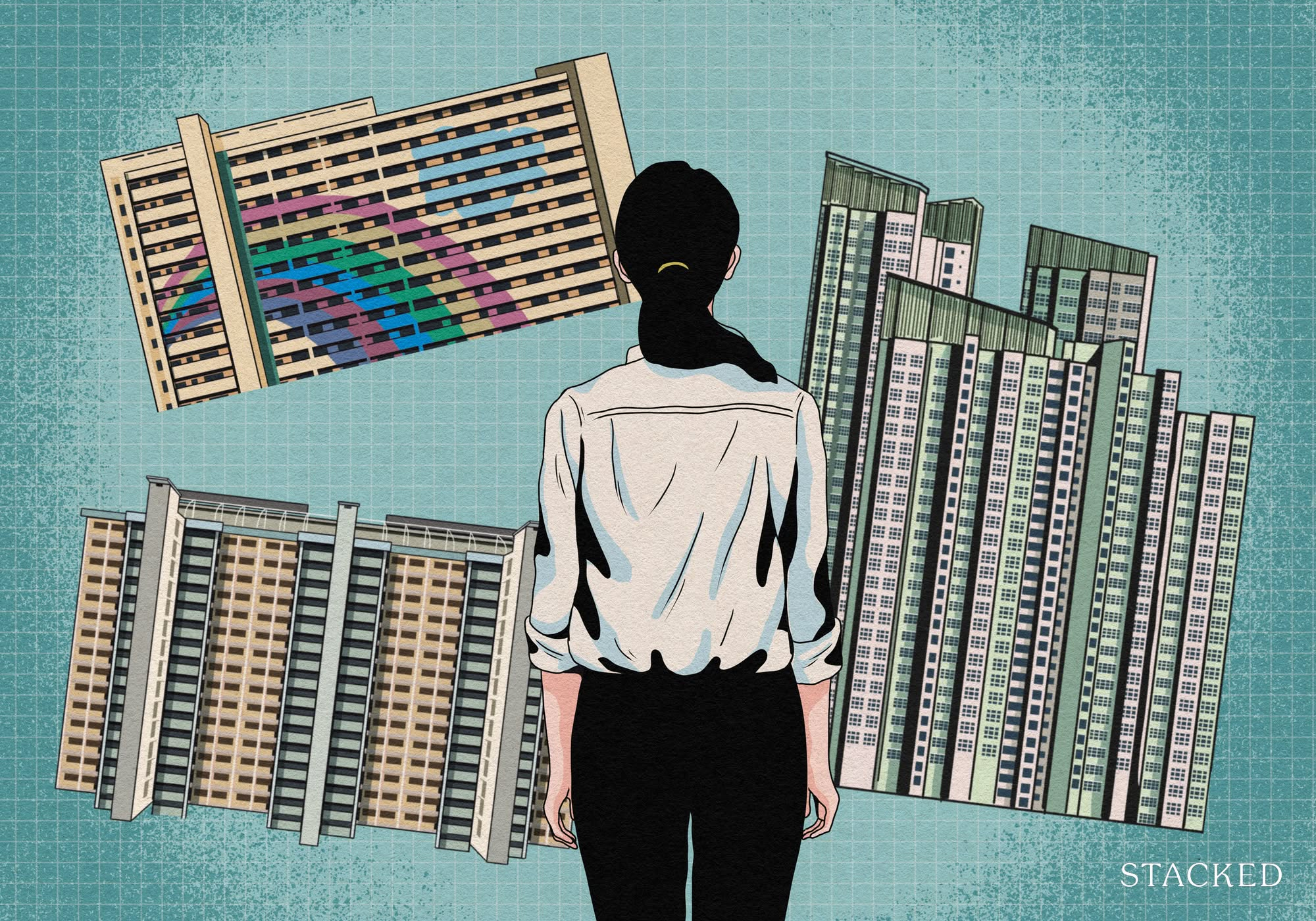
Property Investment Insights What Changed In Singapore’s Property Market In 2025 — And Why It Matters


